Home>Ideas and Tips>How To Choose The Right Indoor Plants For Your Home
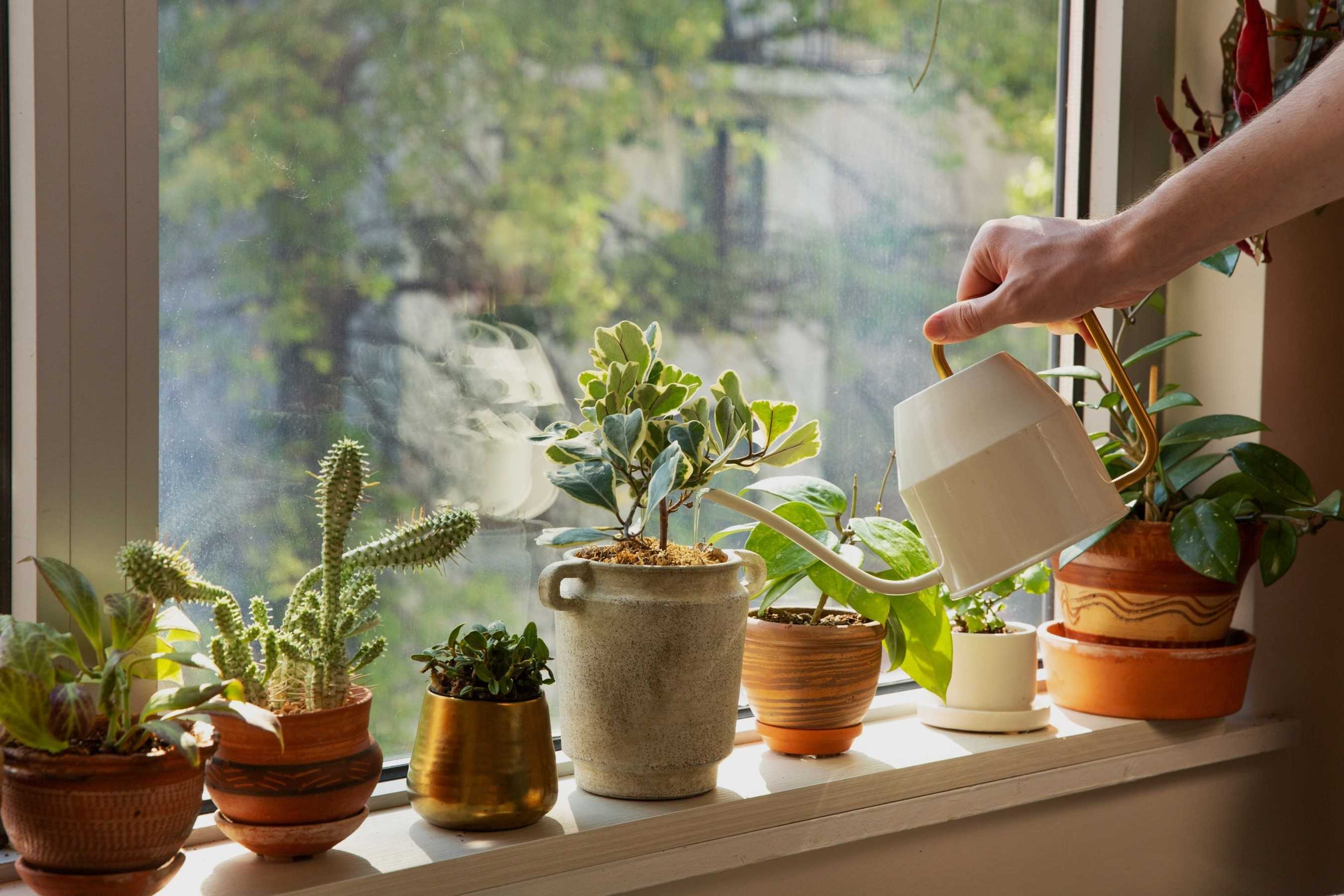

Ideas and Tips
How To Choose The Right Indoor Plants For Your Home
Published: September 17, 2024
Learn how to choose the perfect indoor plants for your home by considering lighting, temperature, humidity, pet safety, and personal preferences.
(Many of the links in this article redirect to a specific reviewed product. Your purchase of these products through affiliate links helps to generate commission for Storables.com, at no extra cost. Learn more)
Choosing the right indoor plants for your home can be a daunting task, especially with the numerous options available. However, by considering a few key factors and understanding the needs of different plants, you can select the perfect additions to enhance both the aesthetic and health benefits of your living space. In this article, we will guide you through the process of selecting the ideal indoor plants for your home, taking into account factors such as lighting, temperature, humidity, pet safety, and personal preferences.
Step 1: Evaluate Your Home’s Conditions
Before you start shopping for indoor plants, it's crucial to evaluate the conditions in your home. This includes assessing the lighting, temperature, and humidity levels in each room.
Lighting
Lighting is one of the most critical factors when choosing indoor plants. Different plants have varying light requirements, ranging from low to high light conditions. Here are some tips to help you determine the lighting conditions in your home:
- Identify Sunny Spots: Look for areas in your home that receive plenty of reliable light. These spots are usually ideal for plants that require high light conditions.
- Consider Low Light Areas: If you don’t have any super sunny spots, there are plenty of plants that do just fine in low light environments. For example, the Spider Plant (Chlorophytum comosum) is known to thrive in low light conditions.
- Use Light Measuring Tools: If you're unsure about the amount of light in a particular area, consider using a light meter app on your phone to measure the light intensity. This can help you choose plants that are best suited for that specific environment.
- Pay Attention to Plant Responses: Observe your plants closely. If they are not receiving enough sunlight, they may become leggy and floppy. On the other hand, if a shade-loving plant is given too much sunlight, it may develop a "burned" look with curled and brown leaves.
Temperature
Temperature is another important factor to consider when choosing indoor plants. Most indoor plants prefer temperatures between 65°F to 75°F (18°C to 24°C), but some may require warmer or cooler conditions.
- Avoid Extreme Temperatures: Sudden drops in temperature during colder months can be difficult for certain houseplants. If you have a vacation home that gets very chilly when you’re away, plants might struggle.
- Central or Radiant Heat: Central or radiant heat can cause the soil and plant to dry out faster. This is another reason why you should keep your plants away from radiators and A/C units.
- Air Conditioning: Air conditioning causes the soil to dry out more slowly, which means you might need to water your plants more often during winter months when the heat is blasting inside.
Humidity
Humidity is also a significant factor in plant wellness. Most indoor locations have low humidity due to heating and A/C units that dry out the air.
- Misting Plants: If you desire a tropical plant like the Bird of Paradise, Cut-leaf Philodendron, Bella Palm, or Rhapis Palm, you’ll need to mist them daily to ensure proper moisture levels.
- Choosing Low-Humidity Plants: If that sounds like too much work, then you are better off choosing a plant that requires less humidity. Some plants are more adaptable to low humidity environments and can thrive without daily misting.
Step 2: Choose the Right Plants for Your Home
Once you have evaluated your home’s conditions, it’s time to choose the right plants for your space. Here are some key considerations:
Size
When buying an indoor plant, one of the first questions to ask yourself is what size plant should you buy? Here are a few things to consider:
- Pet-Friendly Plants: If you have pets at home, choose pet-friendly plants to keep both your plant and your pet healthy. Some plants can be toxic to animals, so it’s essential to research before bringing a new plant into your home.
- Available Space: Consider how fast-growing a certain houseplant may be. Some plants can outgrow the space you have planned for them in less time than you might have imagined. Think long-term and consider whether you actually have the space for the species you’re considering.
- Personal Preferences: Once other factors have been considered, choose houseplants that meet your personal preferences. Think about whether you want mostly greenery or something that flowers. Consider the size of leaves and whether you prefer a certain size of plant.
Pet Safety
Another big consideration when choosing indoor plants is whether or not there are pets in the house. Certain plants can be harmful (even poisonous) to dogs and cats if ingested—or sometimes even just touched!
- Toxic Plants: Common toxic plants include Lilies, Sago Palms, Oleander, Amaryllis, English Ivy, Pothos, Azaleas, Tulips, and Hyacinths. Use the ASPCA’s list of toxic and non-toxic plants to research any plant before you buy it and ensure it’s safe for your furry companion.
Mixing Plant Sizes
For balance and variety in your space, it’s beneficial to look for both small and large options when choosing indoor plants. Large plants are great for filling empty spaces that might not have an otherwise clear purpose, while small plants can add that perfect finishing touch to your bookshelf, coffee table, or windowsill.
Step 3: Caring for Your Plants
Once you’ve chosen the right plants for your home, it’s time to think about how to care for them. Here are some essential tips:
Watering Your Plants
The most time-intensive part of plant care is watering your plants. It’s also the most common way that people kill their plants.
- Check Soil Level: The best advice is to check the soil level before watering. How often you should water your plant depends on the type of plant you have.
- Self-Watering Planters: Many modern planters come with self-watering features that create the perfect environment for each plant. These planters require water once every 3 weeks at first and then less frequently as the plant acclimates and roots grow.
Fertilizing Your Plants
Everyone knows they need to water their plants, but many people overlook the importance of fertilizer.
- Nutrient-Rich Soil: Plants will extract nutrients from the soil, and over time that soil will become depleted. Using fertilizer helps keep your soil nutrient-rich so your plants stay happy and healthy.
- Follow Care Instructions: For specific fertilizer instructions, follow the care instructions provided with each plant. Additionally, watch videos or consult experts for more detailed guidance on how to fertilize indoor plants effectively.
Wiping Your Plants
While not as critical as watering or fertilizing, wiping your plants can help maintain their health and appearance.
- Dust Removal: Dust can accumulate on leaves and reduce photosynthesis efficiency. Use a soft cloth or brush gently to remove dust from leaves without causing damage.
Additional Tips
Real vs Fake Plants
Fake plants used to be a major faux pas but no longer. Today’s fake plants feature realistic detailing that’s far above their plastic-y ancestors. They are a frequent choice among both professional and DIY interior designers.
- Benefits of Fake Plants: Fake plants won’t freshen your air like real counterparts but are versatile, durable, and completely maintenance-free. They can also be a good alternative for pricey, hard-to-care-for plants like fiddle leaf figs and Ficus trees.
Know Your Skill Level
Plant care isn’t always intuitive, and it can take practice and experience before you’re ready for some of the tougher varieties.
- Low-Maintenance Plants: If you’re new to plant parenthood, choosing indoor plants known for being low-maintenance is an excellent way to start learning what it takes to care for greenery and see if you enjoy putting in the work. From there, you can either stick with easier plants or level up to some of the harder and more finicky options.
Popular Indoor Plant Options
Here are some popular indoor plant options that are known for their ease of care and aesthetic appeal:
Aloe Vera
Aloe vera is hailed for its amazing health benefits and is easy to maintain. It needs minimal sunlight and only slight moisture to support its growth. By far, aloe vera is one of the easiest plants to grow at home, and you can also use it to make aloe vera gel masks for your skin or hair.
Spider Plant
The Spider Plant (Chlorophytum comosum) is another popular choice due to its ability to thrive in low light conditions. It’s also known for its air-purifying properties and is relatively easy to propagate.
Snake Plant
The Snake Plant (Sansevieria Trifasciata) is known for its ability to purify the air and thrive in low light conditions. It’s also low-maintenance and can survive with infrequent watering.
Conclusion
Choosing the right indoor plants for your home involves more than just picking something that looks nice. It requires careful consideration of your home’s conditions, including lighting, temperature, and humidity levels. Additionally, you need to think about pet safety and personal preferences when selecting plants. By following these guidelines and choosing plants that are well-suited to your environment, you can create a beautiful and healthy indoor space that enhances both your mood and the aesthetic appeal of your home. Remember to care for your plants properly by watering them correctly, fertilizing them regularly, and wiping them clean to maintain their health and appearance. With these tips, you’ll be well on your way to becoming a successful indoor plant parent
Was this page helpful?
At Storables.com, we guarantee accurate and reliable information. Our content, validated by Expert Board Contributors, is crafted following stringent Editorial Policies. We're committed to providing you with well-researched, expert-backed insights for all your informational needs.
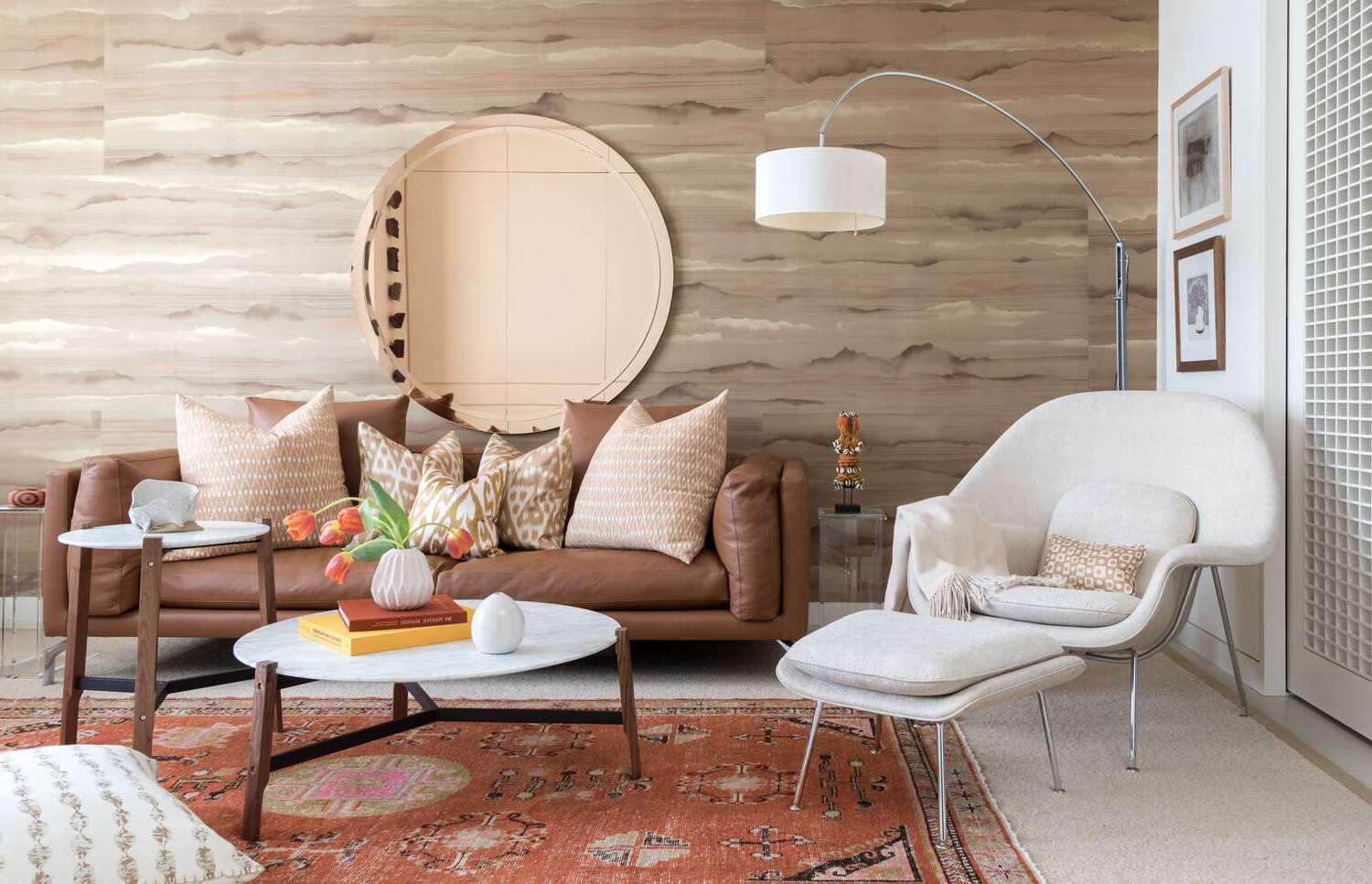
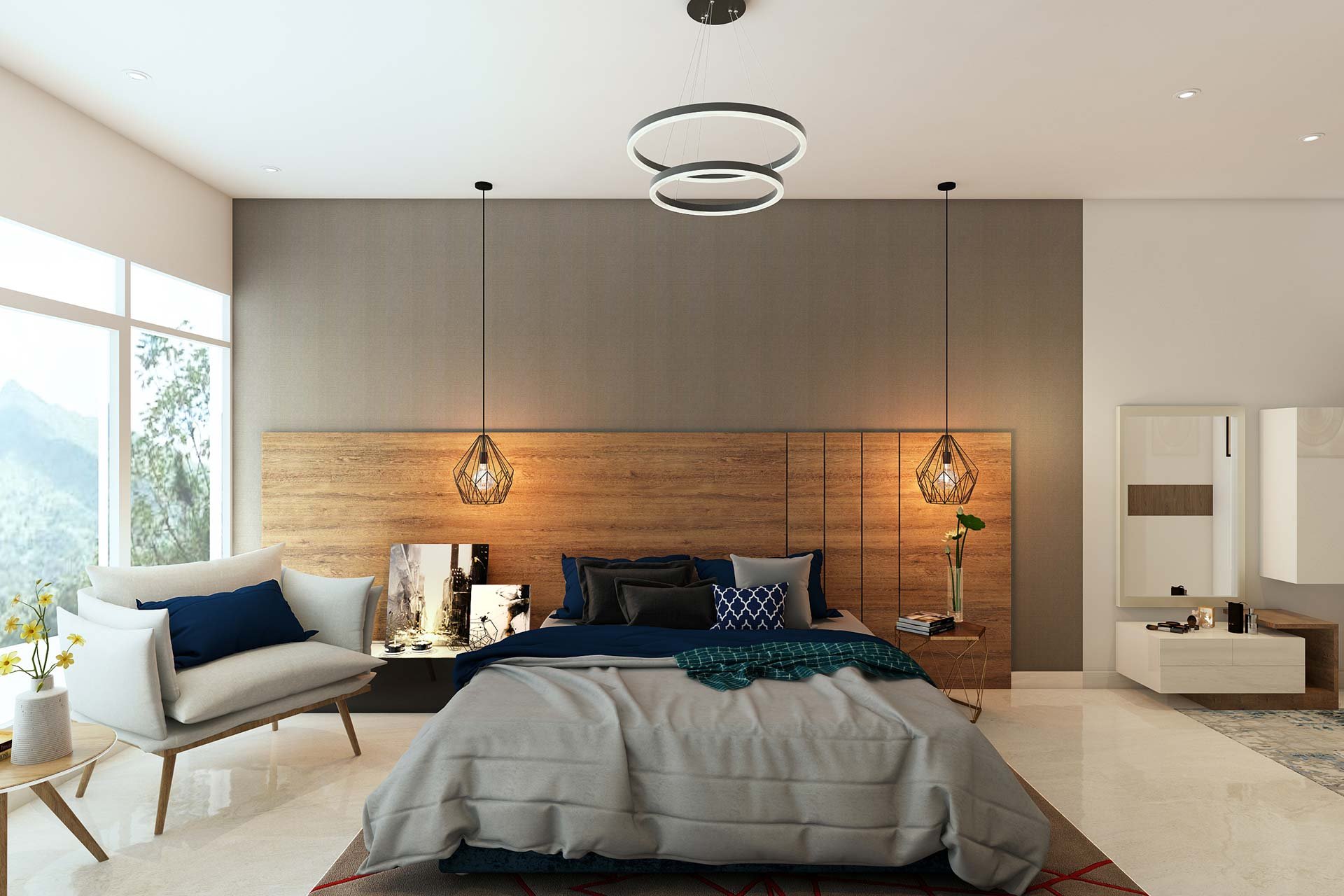
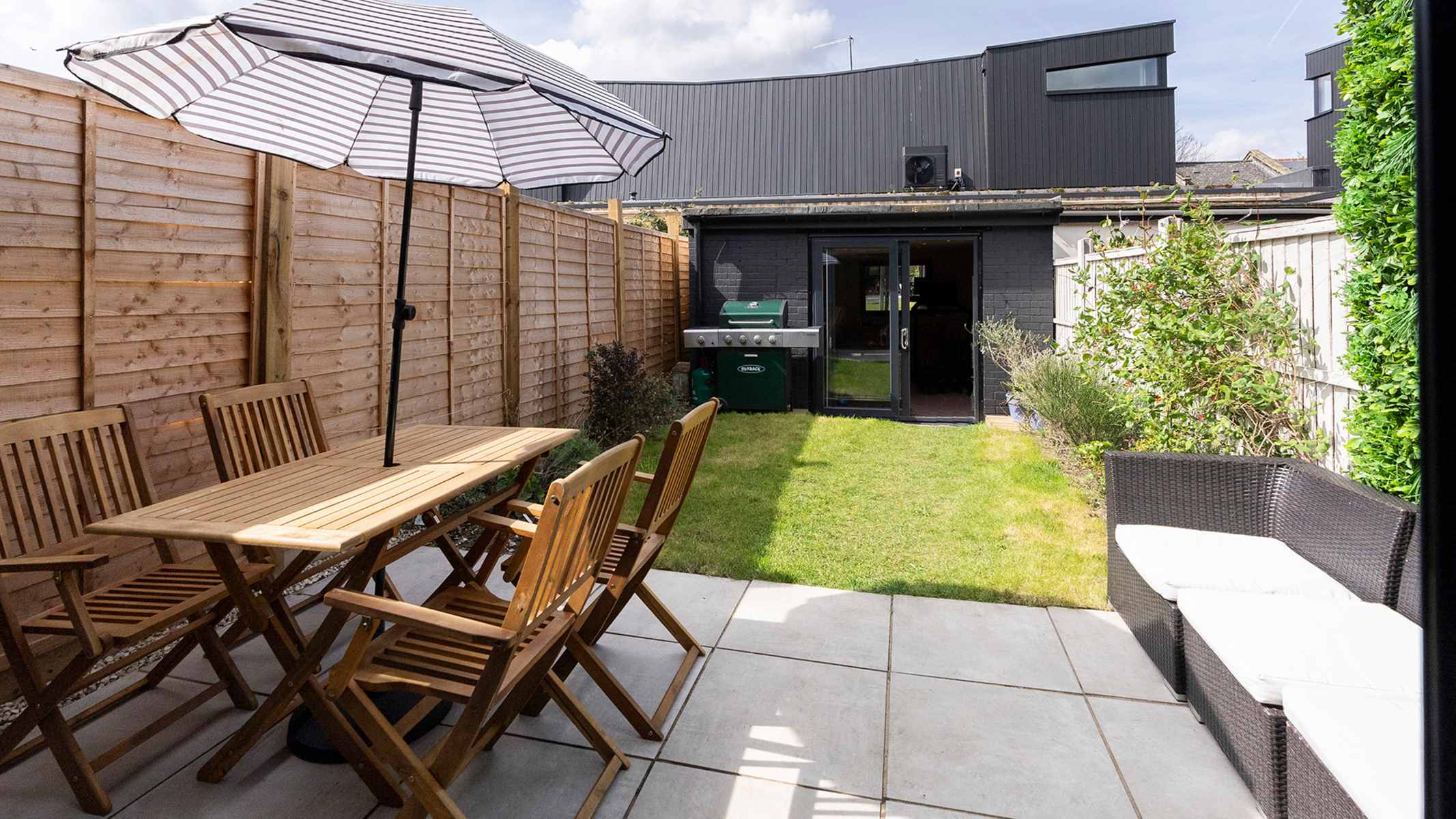
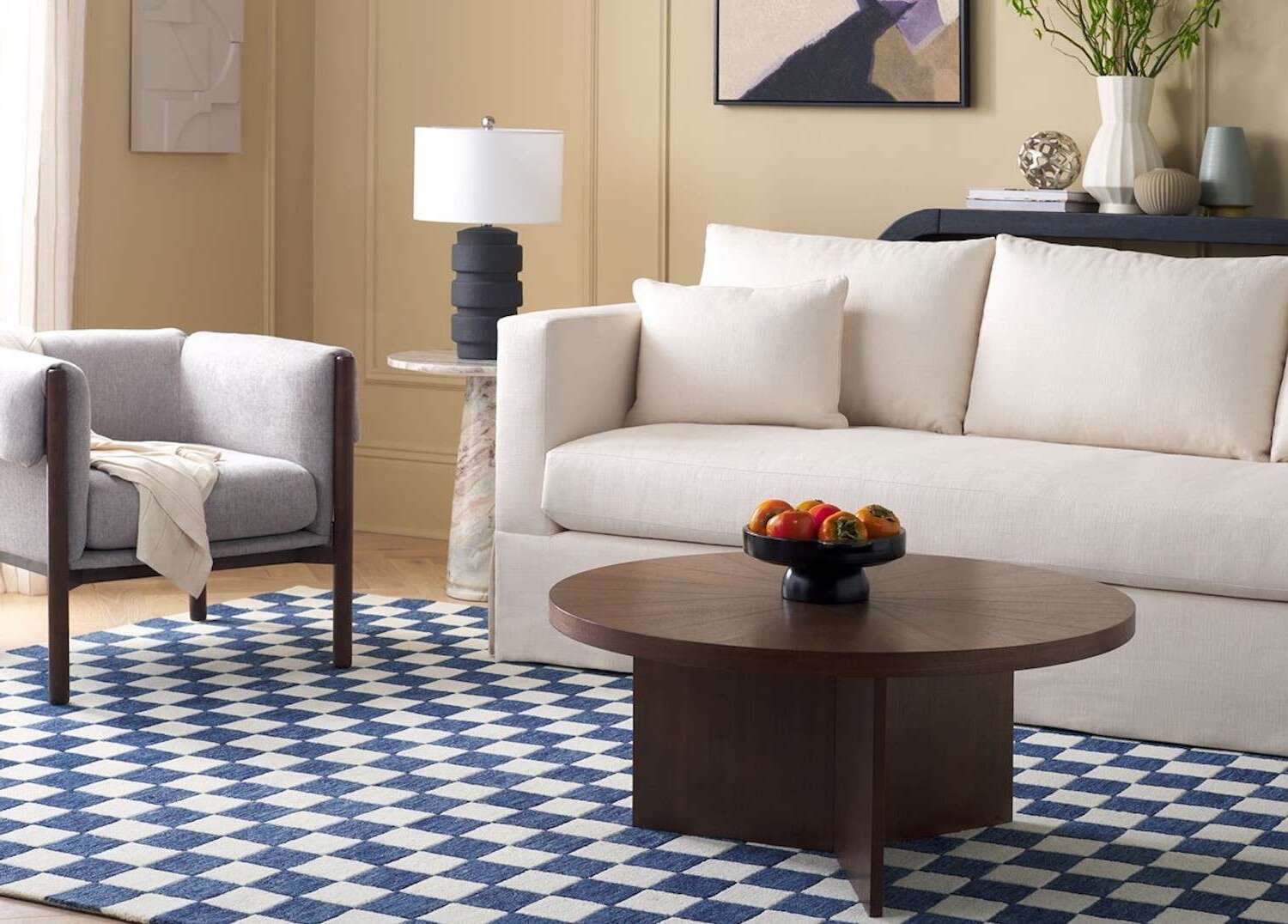
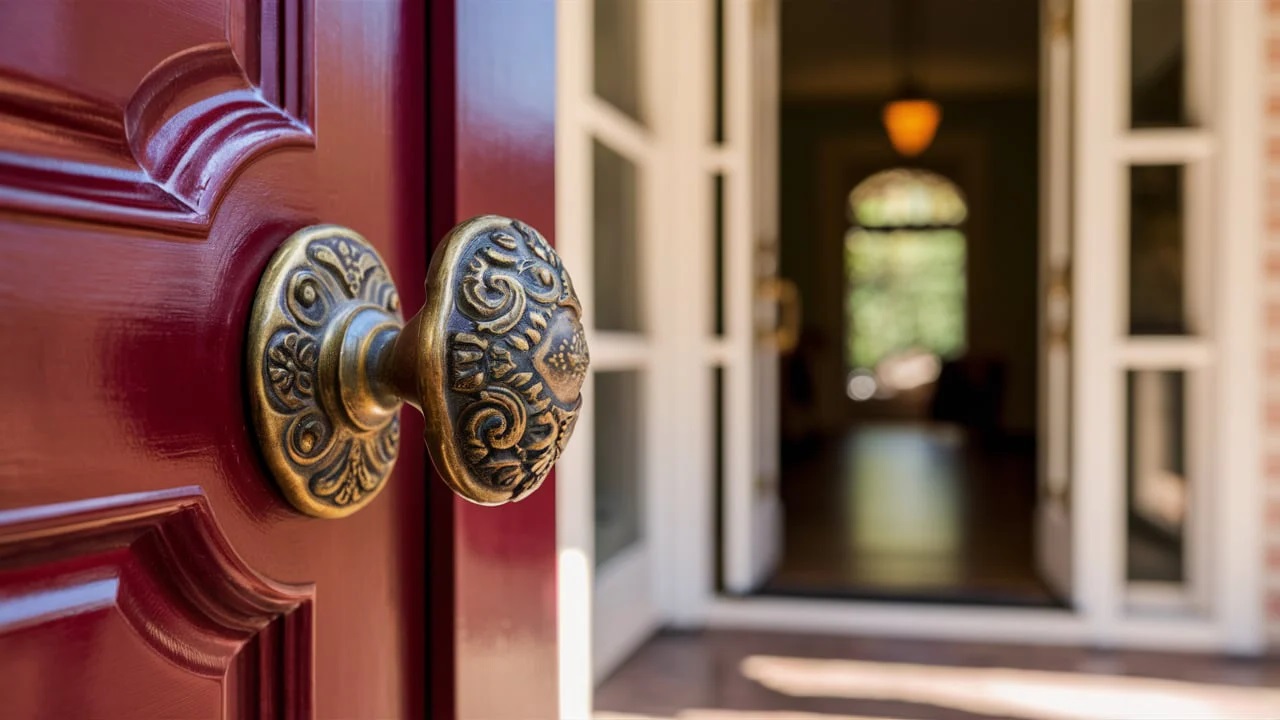
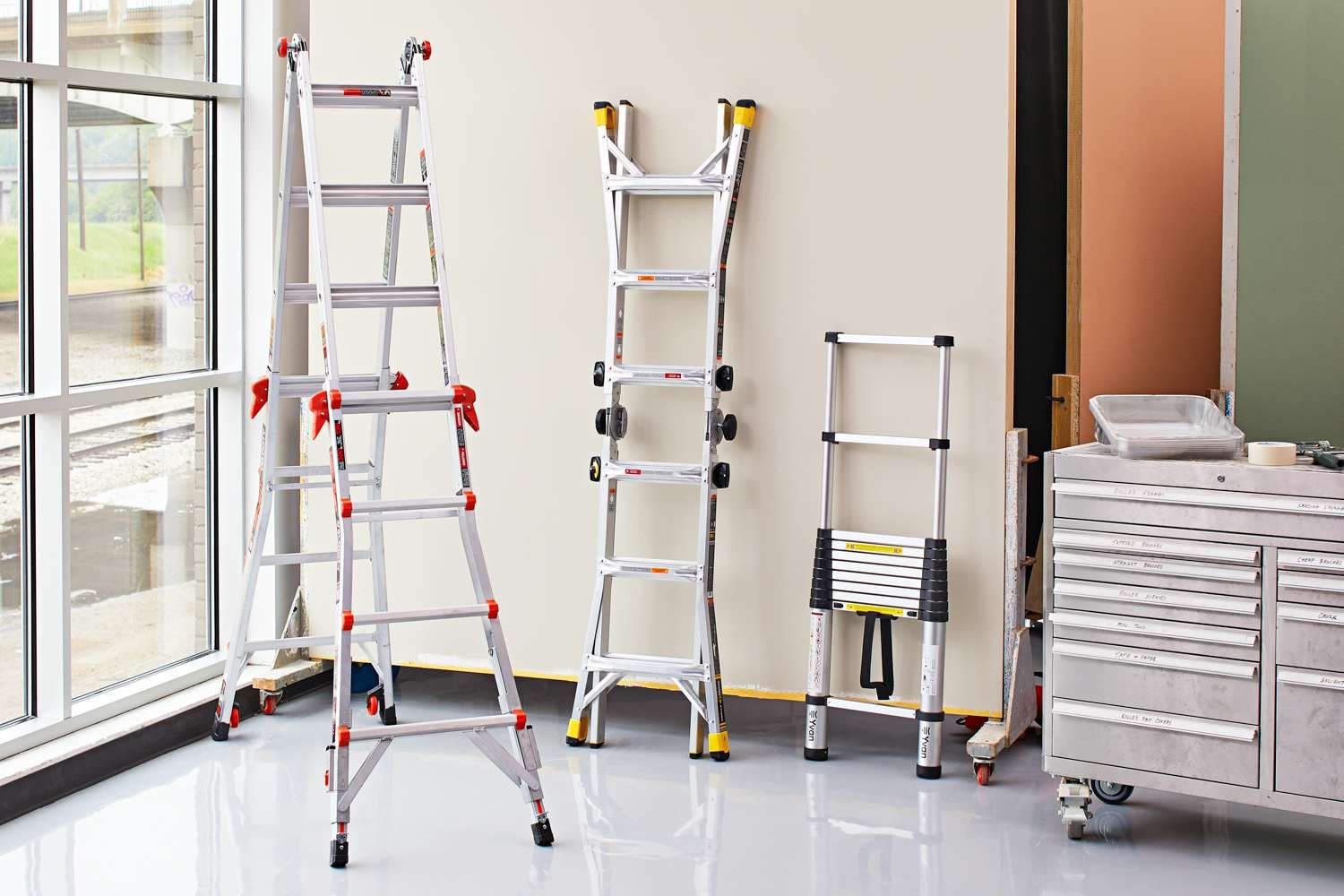
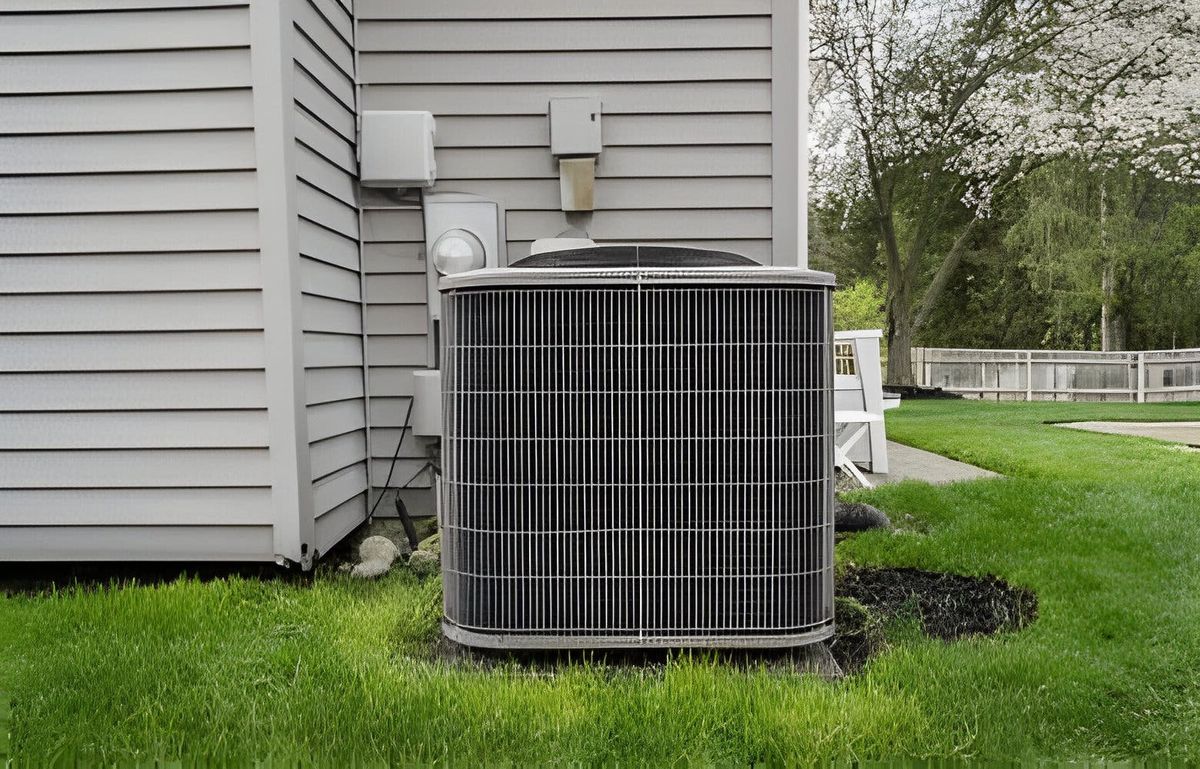
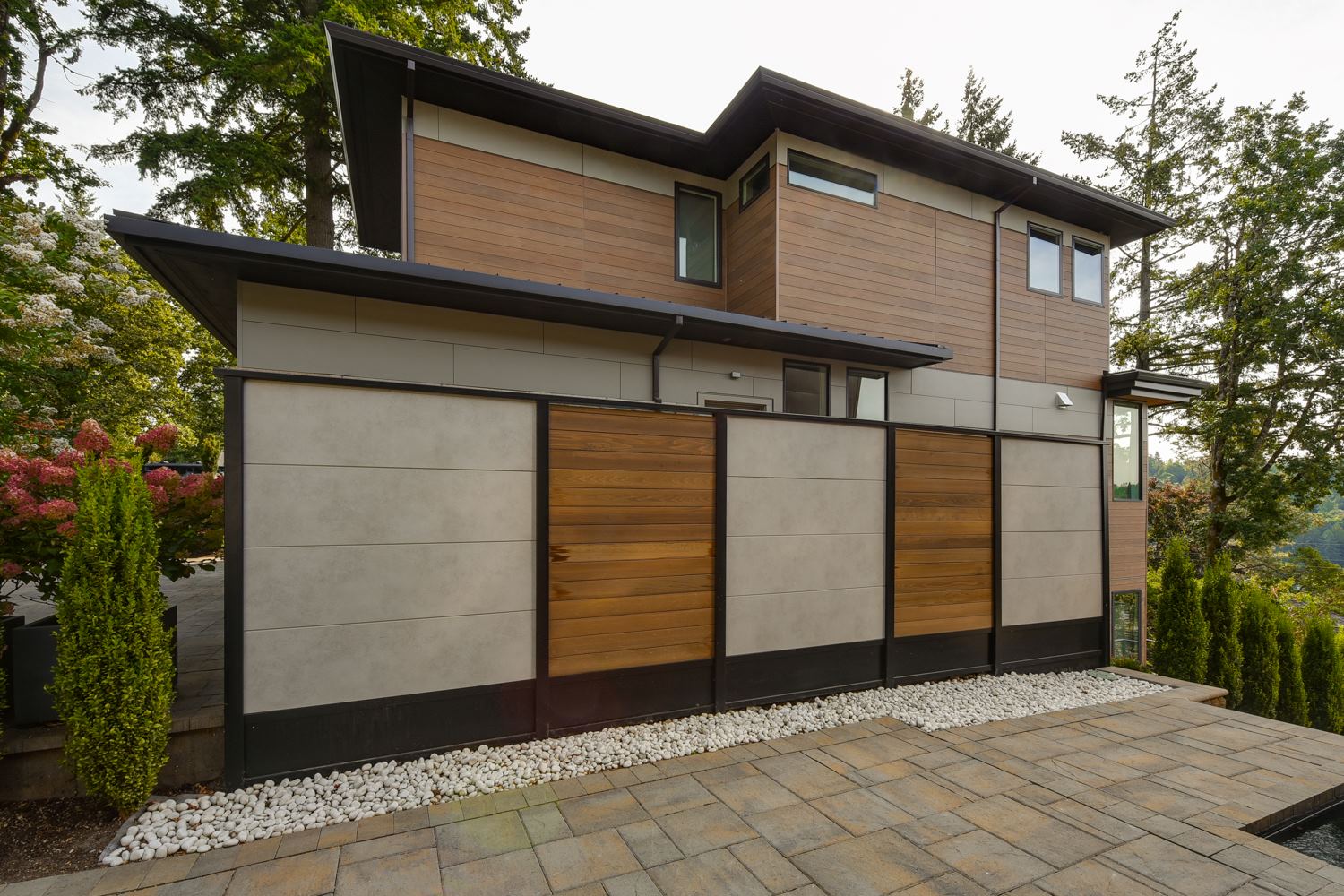
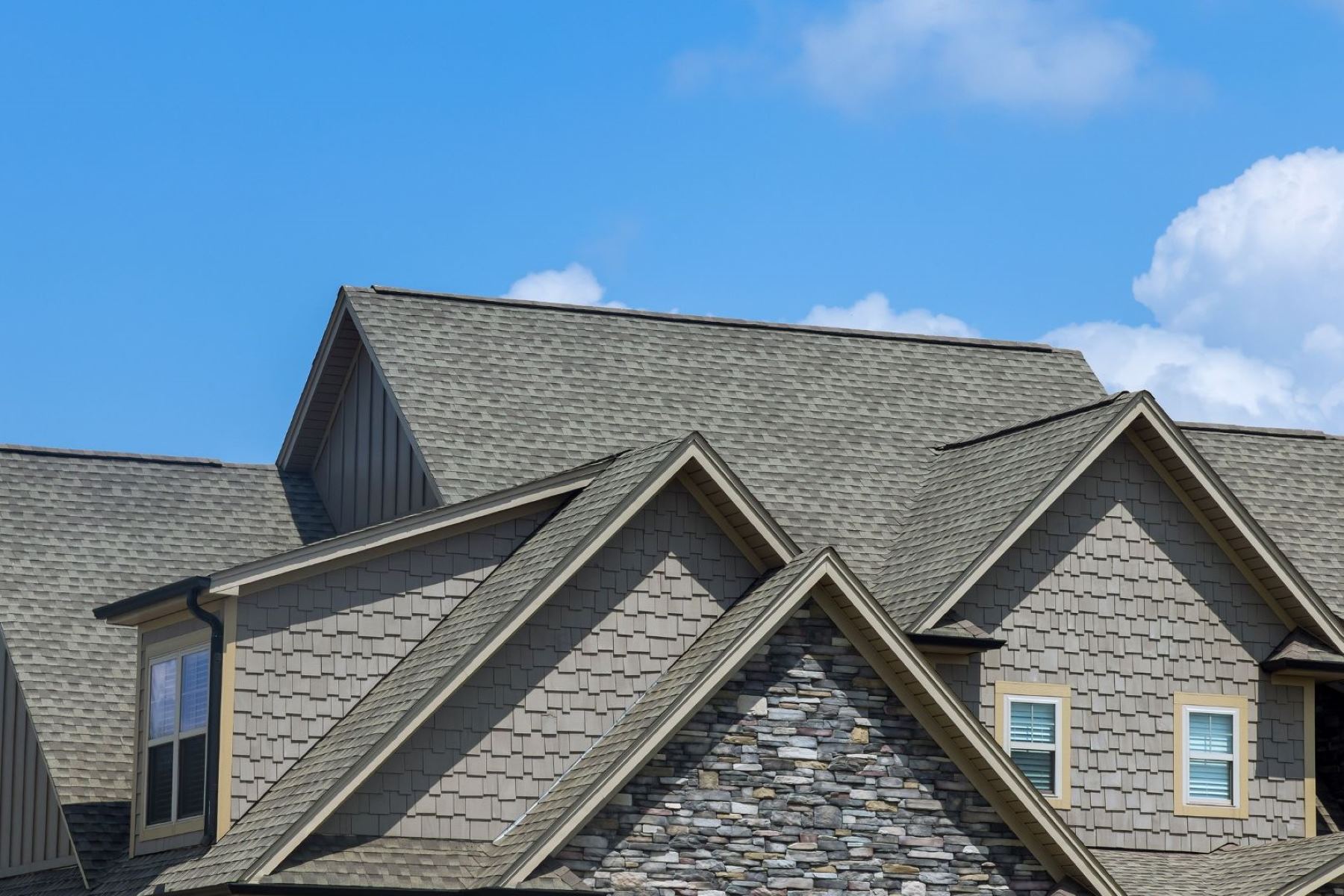
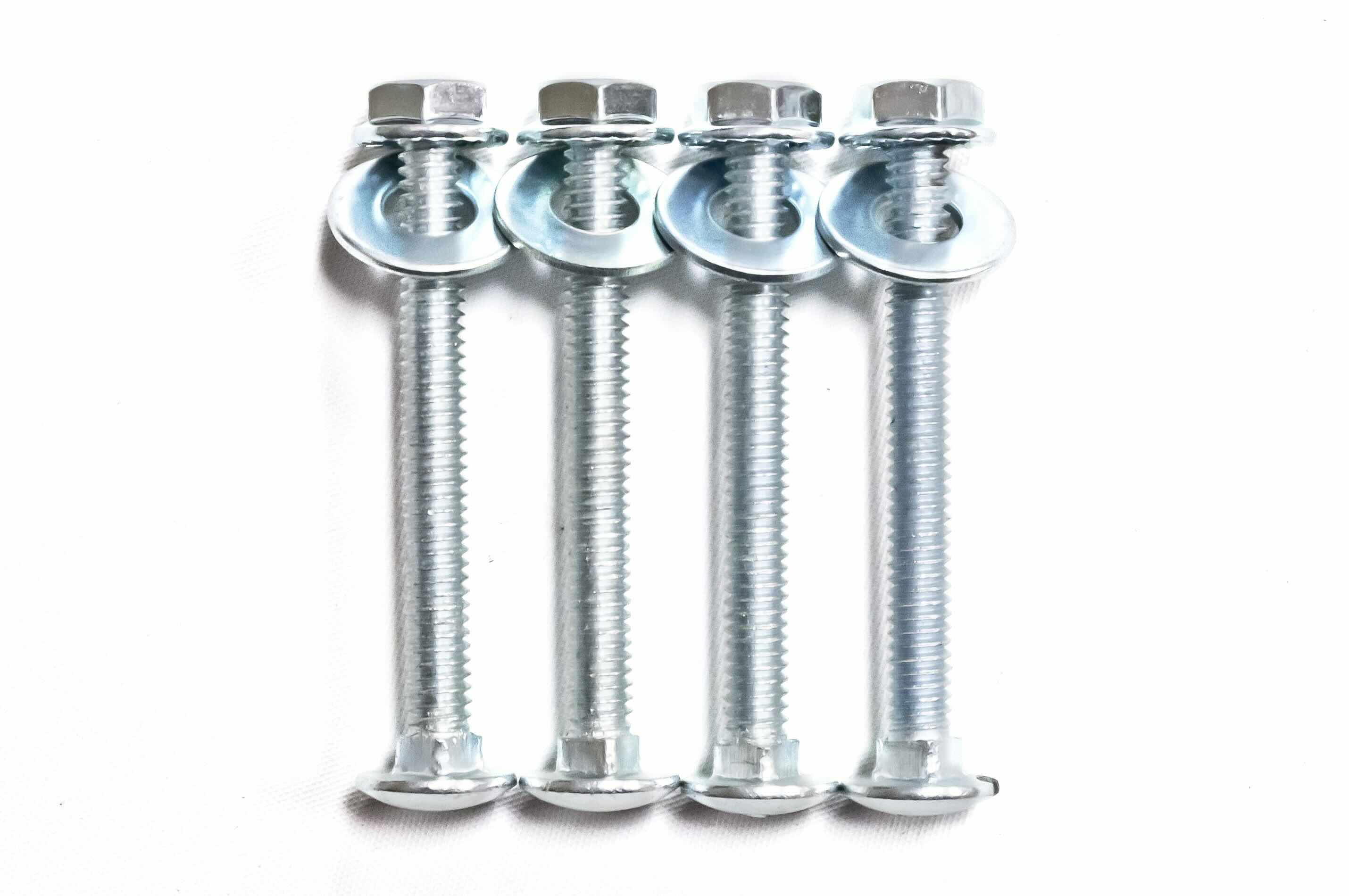


0 thoughts on “How To Choose The Right Indoor Plants For Your Home”